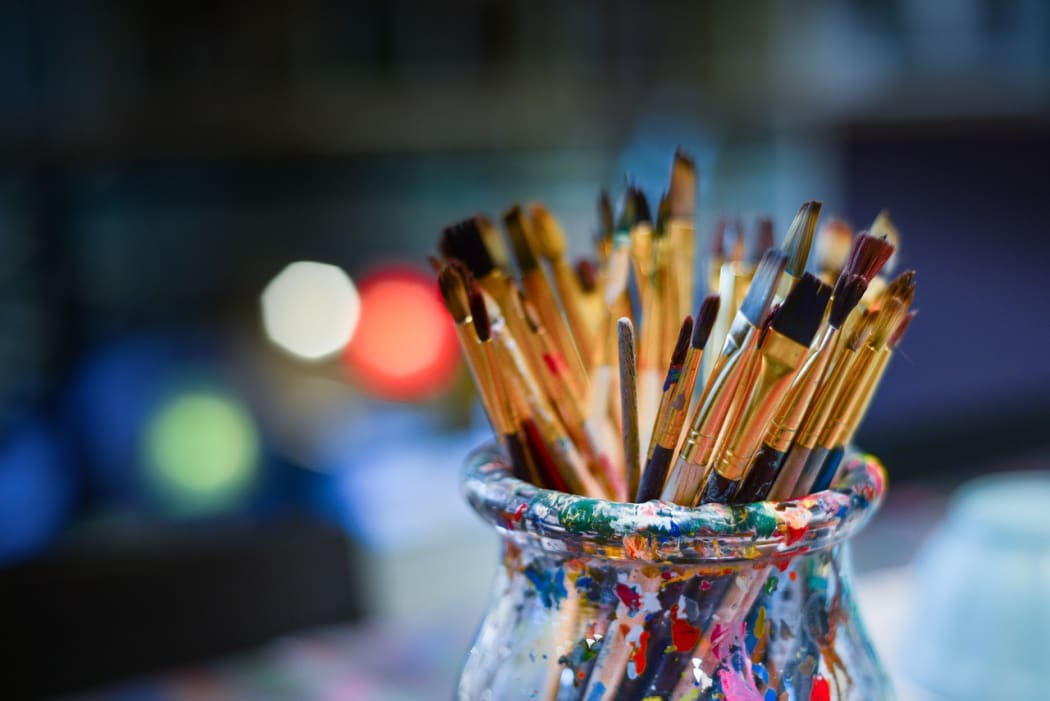
Art curation traditionally revolves around the selection and organisation of artworks for an exhibition, bearing the responsibility of contextualising the art in a meaningful and engaging way. However, the digital era has expanded this definition, introducing new platforms and opportunities for curators, artists, and audiences alike.
Impact of the Digital Era on Art Curation
The advent of the internet and digital platforms has democratised the world of art in many ways, providing a global audience for artists and exhibitions. This increased accessibility, in turn, necessitates a new approach to curation. Instead of focusing on physical exhibitions within the confines of gallery spaces, curators must now consider how to present and interpret artworks in the digital space.
Moreover, the emergence of social media as a key platform for art distribution has blurred the lines between curators, artists, and the audience. Everyone with a connection can curate their digital galleries, selecting and sharing artworks from various sources.
The digital age has also birthed new art forms, such as digital and interactive art, virtual reality (VR) art, and more recently, non-fungible tokens (NFTs). This development poses unique challenges and opportunities for art curation, demanding new skill sets and approaches.
According to The Networked Curator, a study by the Council on Library and Information Resources, digital technologies have the potential to "fundamentally change the way curators work and the way audiences encounter and interact with art". Thus, understanding these technologies is no longer a luxury but a necessity for curators.
Art Curation and Virtual Exhibitions
Virtual exhibitions are one of the most profound developments in the field of art curation. These exhibitions are not limited by geographical location, opening hours, or physical space, allowing for a wider reach and innovative presentation methods.
Virtual exhibitions are not just about replicating physical gallery spaces in a digital format. Instead, they offer an entirely new avenue for creative expression and curation, using immersive technologies like VR and augmented reality (AR) to create interactive, experiential exhibits.
The Challenges and Opportunities Ahead
Despite its many advantages, the digital shift in art curation presents several challenges. One is the risk of digital overload, as the vastness of online content can be overwhelming for both curators and audiences. Ensuring digital accessibility and inclusivity is another significant challenge, as not everyone has equal access to digital tools and platforms.
Nevertheless, the digital era offers immense potential for art curation. It enables curators to engage with a global audience, experiment with innovative exhibition formats, and break down barriers between art and its viewers.
While the technological revolution has undeniably altered the face of art curation, it has not diminished its essence. The curatorial role remains vital in creating meaningful connections between art, artists, and audiences. In the face of digital transformation, the core of art curation remains: to tell compelling stories through art and foster cultural understanding and dialogue.
Conclusion
The field of art curation is continually evolving, shaped by the influences of society, culture, and technology. As we navigate further into the digital era, it's clear that technology will continue to play a vital role in this evolution. The curators who can adapt and harness these digital tools will lead the way, crafting engaging, innovative, and meaningful art experiences for the global audience.